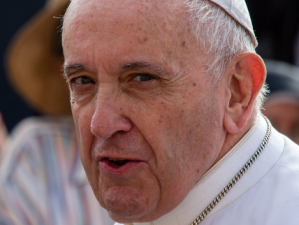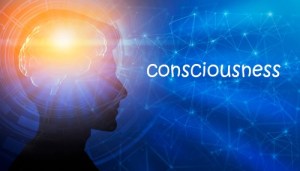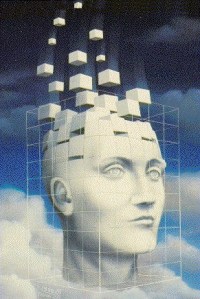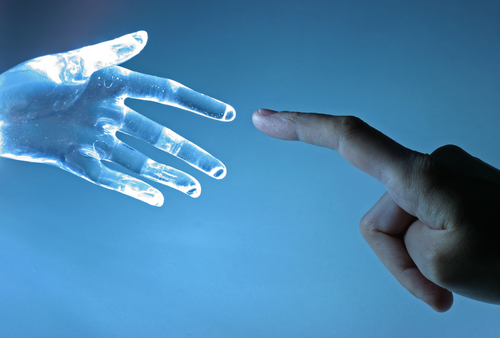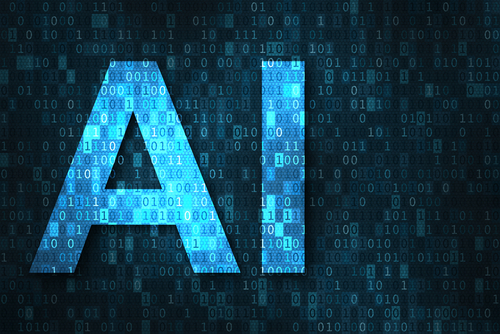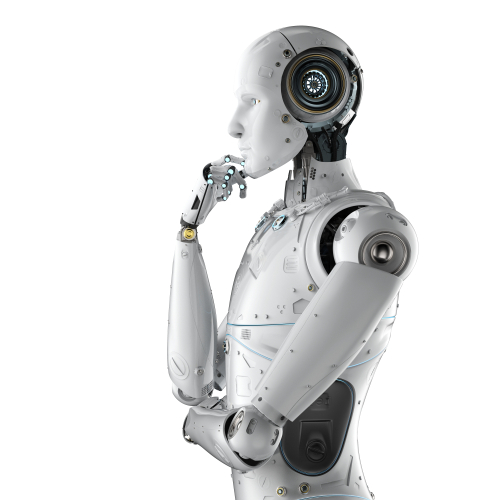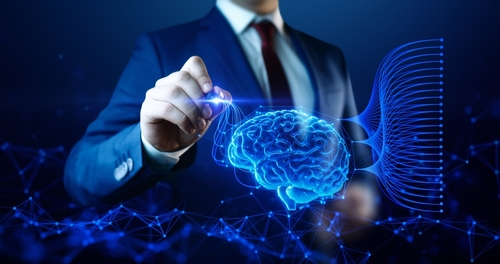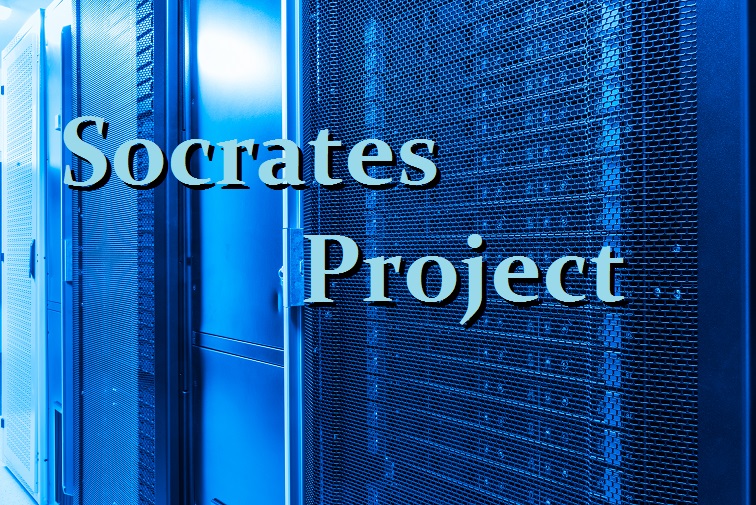This week marked the first time in history that a Catholic pope attended a G7 summit. Italy’s Prime Minister Giorgia Meloni, host of the summit, first announced the pontiff’s involvement a week before the summit. Although all ears have been on the alleged peace talks and the future of the West’s involvement in the Russia-Ukraine war, the Catholic Church was present for another reason. Artificial Intelligence has become a common message for the church, and it was also announced in Pope Francis’ new year’s declaration. The church has not been hesitant to say they fear the future of living among increasingly intelligent AI.
In addition to the pope, India’s Narendra Modi and Recep Tayyip Erdogan of Turkey were in attendance, as well as three African presidents – Abdelmadjid Tebboune of Algeria, Kenya’s William Ruto and Tunisia’s Kais Saied. Italy is seeking to tap into trade with Africa to use it as a way to transfer energy. The issues surrounding migration were also up for discussion.
Italy and the Vatican stand in opposition to the United States and most of the West on the issue of abortion. US President Joe Biden “felt very strongly that we needed to have at the very least the language that references what we did in Hiroshima on women’s health and reproductive rights,” an unnamed senior US administration official said ahead of the summit. Even Catholic France encoded abortion in their constitution this year under President Macron. Yet, the G7 nations have agreed not to discuss abortion at length as Italy is the summit’s host this year.
The Catholic Church has historically declined political speaking engagements as they are seen as beneath the pope. “The pope already has the floor,” an Italian church historian, Alberto Melloni, told the NY Times. The Pontifical Academy for Life signed a declaration in 2020 along with tech giants IBM and Microsoft to urge for the ethical usage of AI technology.
The church has not commented on whether AI robots will be seen as sentient beings. Can they obtain consciousness? The church remains vague on its views but has grown increasingly concerned at the prospect of advancing AI technology.
The church insists that the public must know whether they are interacting with a human or AI robot and privacy must be respected. Human life should come before robotic, man-made “life” whether sentient or not. “Alignment,” aligning the outcome of AI to the benefit of humanity, has become a commonly raised topic. “The urgent need to orient the concept and use of artificial intelligence in a responsible way, so that it may be at the service of humanity and the protection of our common home, requires that ethical reflection be extended to the sphere of education and law.” At the G7, the pope said that we must not allow AI to take away people’s “ability to make decisions about themselves and their lives, by dooming them to depend on the choices of machines.”
Pope Francis said he believes machines should not be used in these ongoing wars. “No machine should ever choose to take the life of a human being,” the pontiff said, adding, “”We would condemn humanity to a future without hope if we took away people’s ability to make decisions about themselves and their lives, by dooming them to depend on the choices of machines.” World leaders have a powerful tool at their disposal that is capable of claiming countless casualties.
Bill Gates predicts that AI will transform the world in just five years. The International Monetary Fund predicts that the rise of AI could affect about 40% of jobs worldwide. In my research, I have found that AI systems are not sentient beings. This all stems from the distorted idea that our brains are supercomputers and there is no God, for our consciousness is simply created by throwing in a bunch of data, shaking it well, and out comes a person. Thus, the thrust to mimic the brain led to the creation of neural nets, but that effort also failed to create original thought.
AI will never replace human judgement, but it remains to be seen whether politicians will treat AI robots as if they were indeed human as technology advances and the untrained eye cannot distinguish humans from robots.

